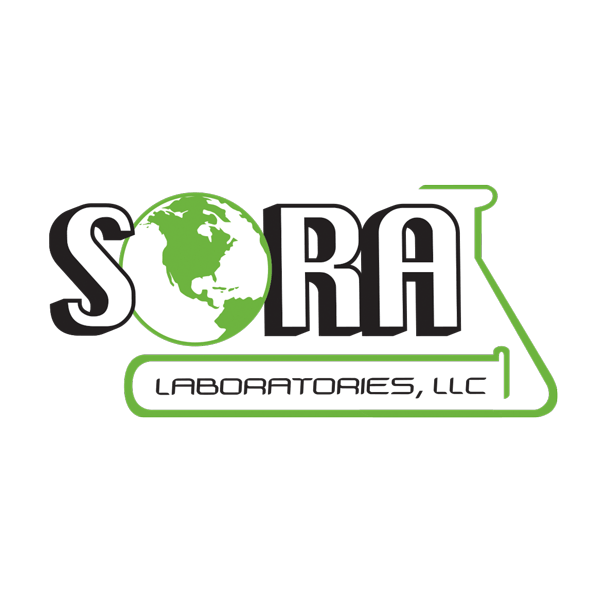Check out our June Newsletter here.
Probiotic and Enzyme Testing-As featured on Natural Products Insider
Check out our most recent article on Natural Products Insider!
What went wrong?
In the wake of the CBC retraction of the November 2015 dietary supplement report due to testing inaccuracy, questions are being asked about the function and processes of third party laboratory With so many different labs offering testing, how is one to know if the accepted practices are being followed? What makes a lab trustworthy in their methods? What could have happened that caused the tests to go wrong?
What is required of a lab to receive their accreditation? There are many factors that go into receiving an ISO 17025 accreditation. These are just a few examples of some practices that must be followed for a lab to be accredited:
For a lab to be ISO 17025 accredited, they are required to do proficiency testing, which means testing the same sample by multiple analysts, preferably between different labs and comparing the RSD% (Relative Standard Deviation) of the results. There are tight ranges for these results that show proficiency.
ISO 17025 accreditation is specific to certain lab tests and not all tests that a lab runs are within their ISO 17025 scope of accreditation. The ISO 17025 certificate for each lab lists the accredited tests. This accreditation is considered to be the lab’s expertise.
The Preventive/Corrective Action system (PCAR or CAPA) is used for any lab issue to improve all company practices. ISO 17025 accreditation requires continual improvement, so when a lab error is found, a PCAR is then generated to solve the problem for future
Out of Specification (OOS) results require a lab investigation as part of the ISO 17025 guidelines and Good Lab Practices (GLP). Each lab is responsible for accuracy, so when results are out-of-spec, the lab will double-check many things including: sample handling practices; reagent expiration dates; if equipment calibration is up-to-date; dilution factors; and testing calculations. In addition, the lab should verify that the method was followed as written and if it was valid for the sample matrix. Along with other considerations, it is important to ask if the sample appeared to go fully into the solution? If a lab error is found, retesting and retraining should be conducted. Since this investigation takes additional time, samples that are OOS will be delayed due to this process.
What steps should a lab take to make sure that their results are accurate? What are some suggestions for avoiding mistakes?
SORA double-checks the results of each testing run against a known “known or reference standard.” For enzyme activity assays, this standard is just an extra sample of “known value” included the run to ensure that it is being performed according to procedural guidelines. This result is recorded and the RSD% is calculated. The result must fall within a range set by the validating method for the entire run. If the known or reference standard falls outside of the given range, the run is considered invalid and all results are thrown out—invalid results are not reported to the customer.
Labs should follow the practice of validating the method on a new sample matrix. This can be a long expensive process, with testing often expected on a fast turn-around time, so this process is rarely done. A quick check for method performance can be done on the new sample matrix using “spike recovery” Spike recoverytesting involves adding a known amount of the chemical you are looking for in the sample matrix and then seeing what your method recovers on the matrix. The results can help you decide if the method will work on the new sample matrix.
Issues can also occur during testing if the wrong method was used to run the sample. There may be several potential methods of testing for the same compound so it is always a best practice to ensure that the correct testing method is being used before beginning.
As Stuart Phillips, a scientist at McMaster University who studies the effects of protein supplements on humans, says: “Like anything else in life, I think when a lab gets something wrong, [it can happen for a number of reasons like] human error, contaminated dirty glassware, [or] machine malfunction.” Though things could potentially go wrong, taking the proper precautions and following the accredited procedures will help keep mistakes to a minimum and help ensure correct testing results.

